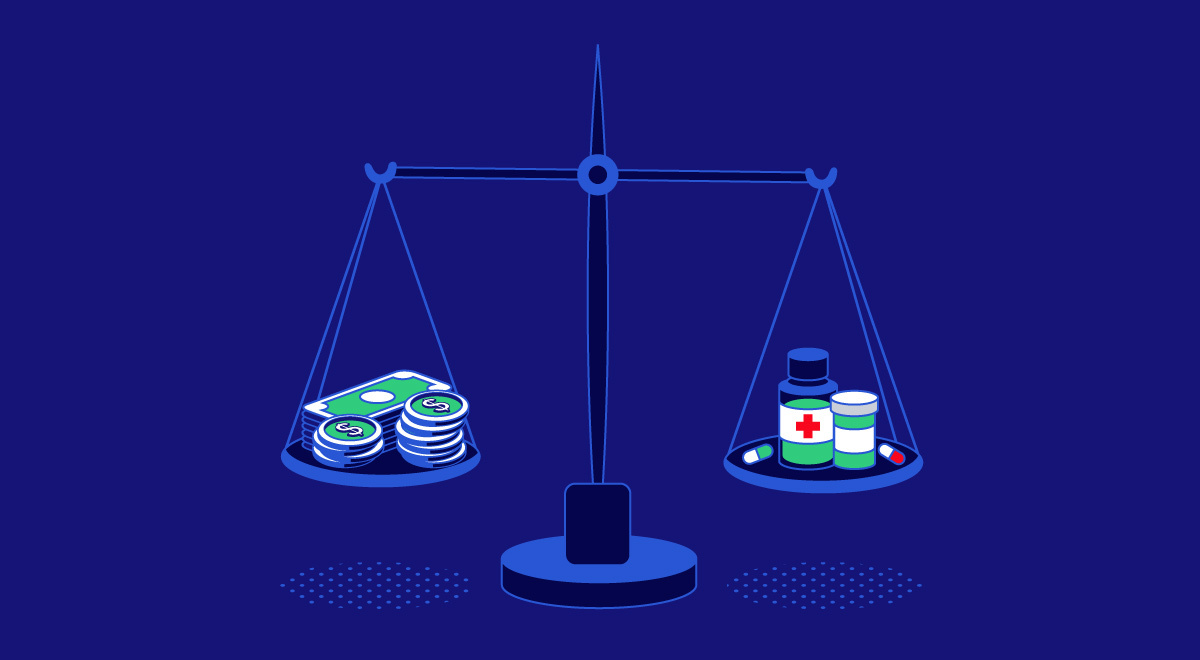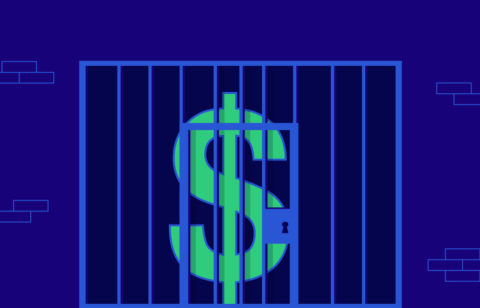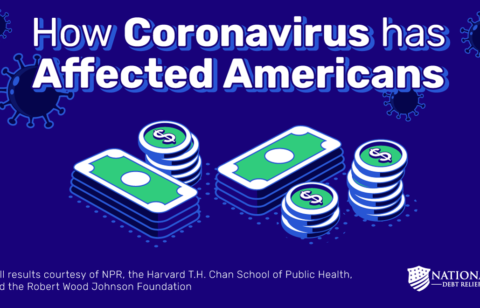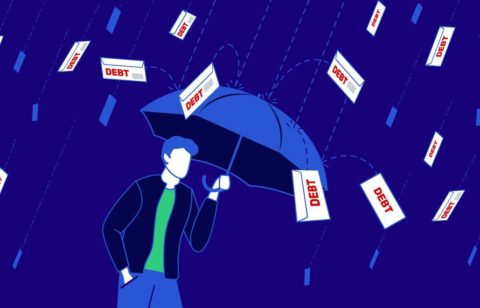The COVID-19 pandemic has already caused innumerable financial losses throughout the world. What will be left in its wake is the big question: Will the economy bounce back? Will the millions upon millions of people who were furloughed have jobs waiting for them when states reopen? One thing is for sure, medical care costs for the coronavirus will be astronomical, and in a country where 8.5% of the population has no health insurance, the aftermath will be devastating. With nearly 35 million people having lost their jobs in recent weeks, the amount of medical bill debt forgiveness is likely to multiply.
The High Cost of Care
After the initial relief bill, Congress passed a bill that made testing and the associated medical visits that went along with testing mandatory to be covered by health plans, as well as a vaccine when one becomes available in the future. However, all other costs associated with virus after-care remain out-of-pocket.
For uninsured Americans, being hospitalized due to coronavirus could cost an estimated $75,000. High deductibles, co-payments, and out-of-network costs could leave insured people owing tens of thousands in medical bills and asking themselves why they’re paying premiums. However, the government has been taking steps to ensure that patients don’t have to bear the full brunt of the costs. While some details still need to be ironed out, uninsured patients may end up paying very little for their treatment. For people with employer-provided insurance, many of the largest insurance companies are waiving cost-sharing, that is, deductibles and copays. For larger employers, this may not be the case if the company determines cost-sharing, not the insurance company. It would be up to the employer whether to waive cost-sharing.
For Medicare, at least some of the cost may be covered under additional coverage. However, for those without additional coverage, no cost-sharing measures exist, so they’d face a $1,408 deductible. Medicaid has little cost-sharing, with amounts varying from state-to-state.
Regardless of governmental aid, many believe that what will follow the virus will be an avalanche of bankruptcies due to medical debt. With so many people out of work, it won’t be surprising. Many businesses have shut down, and it’s expected that many will be unable to reopen and will have to file for bankruptcy themselves. With so many unknowns, bankruptcy companies are bracing for impact. If you find yourself buried in medical debt due to coronavirus treatment or hospitalization, you do have some options.
What You Can Do
For starters, if you suspect you might have coronavirus, call your doctor or local hospital and follow the provided instructions. Many people with mild symptoms are able to self-quarantine and remain at home while the virus runs its course.
If you were hospitalized due to coronavirus, gather your medical and household bills, and weigh your options.
Before you do anything, make sure your medical bills are itemized, and check them carefully for accuracy. Errors occur all the time, which could cost you hundreds or even thousands of dollars. Once everything is correct and insurance has paid its share, you’ll know what you can afford to pay.
Explore Your Options
Ignoring your medical debt won’t make it go away, and it’ll surely ruin your credit. The good news is that you have some options, one of which may be medical bill debt forgiveness.
1. Call the Hospital
Hospitals typically offer payment plans if you meet certain income requirements; you may even qualify for complete medical bill debt forgiveness. Don’t assume that you don’t qualify because your income is too high. If you don’t qualify, you may be able to negotiate a settlement for less than what you owe. Payment plans through hospitals are usually interest-free, so even if it takes years to pay off your balance, you won’t pay more than the actual debt.
2. Use a Medical Bill Advocate
An advocate is a medical billing expert who can negotiate on your behalf, whether with a settlement or medical bill debt forgiveness. They can be expensive; some charge by the hour while others charge a percentage of the amount they save you in the negotiation. They can help you find errors, too.
3. File for Bankruptcy
Depending upon the type of bankruptcy you qualify for, you could have your debt wiped clean but lose some property in the process; or, keep your property and pay your creditors a portion of what you owe. Bankruptcies can stay on your credit report for 7-10 years and make borrowing money in the future difficult and much more expensive due to high-interest rates.
4. Get a Debt Consolidation Loan
A debt consolidation loan puts all your bills into one loan and one monthly payment. If you owe a lot on your medical bills, it may be difficult to get a loan that covers it all, but it’s a good solution if you can qualify.
5. Use a Debt Settlement Company
With debt settlement, you can pay your billing amount, or whatever amount you can afford. When you’ve accumulated an appropriate sum, the company negotiates with your creditors to get an accepted lump sum that’s less than your debt paid in full. While it harms your credit in the short term, debt settlement is a good way to deal with excessive medical debt.
Medical bills due to the coronavirus don’t have to keep you from getting a fresh financial start. It may feel like the world has stopped, but trust that life will begin to move again. Schools and businesses will reopen, social lives won’t have to be so distant, and everyone will have to shower and put on pants for work again.





